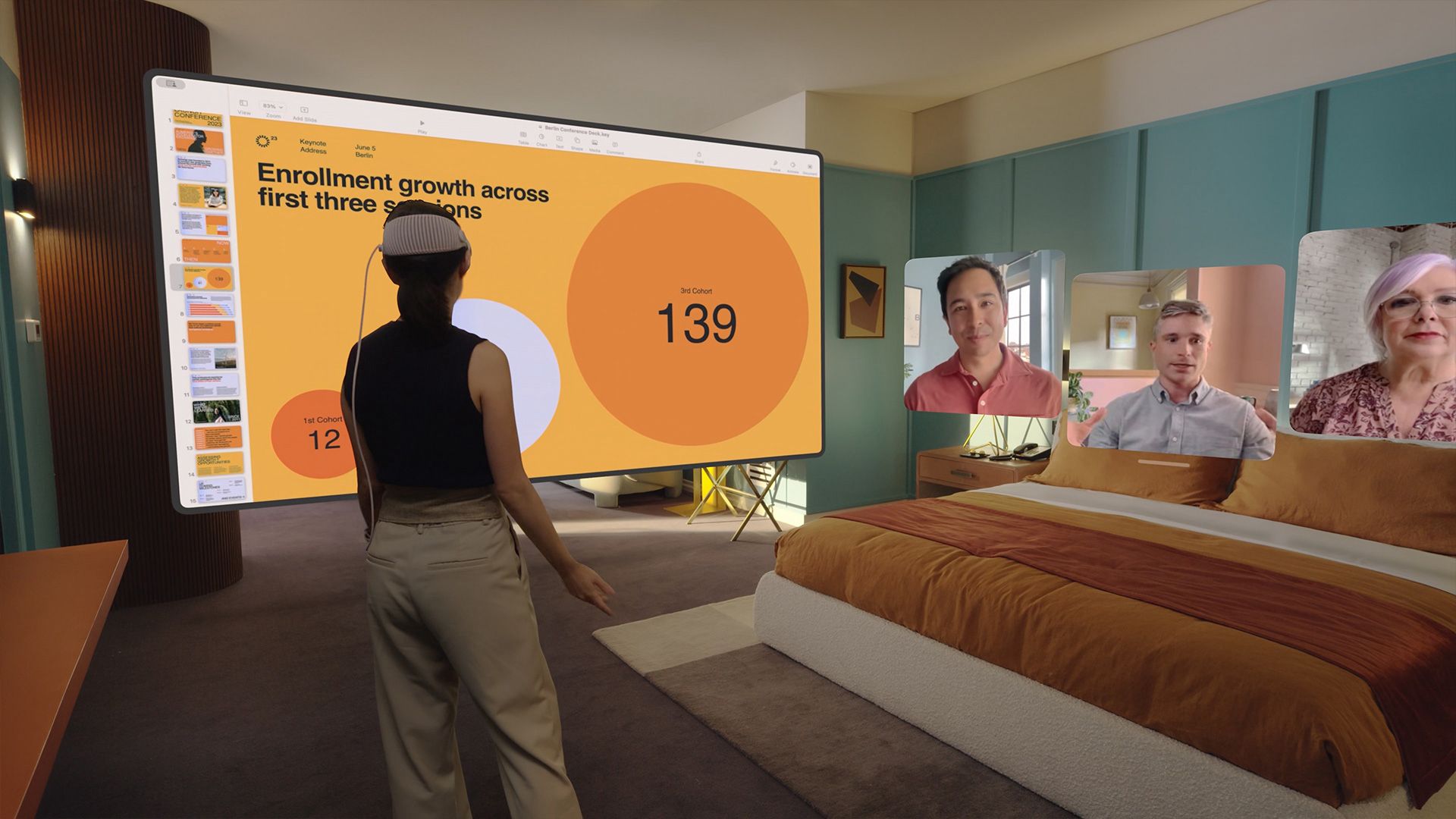Augmented Reality Can Unleash the Power of Business Intelligence: A Transformative Duo

Explore how integrating AR with BI empowers organizations to visualize data, enhance decision-making, and revolutionize customer experiences, driving innovation and competitiveness.
In the contemporary landscape of technological advancement, the fusion of augmented reality (AR) andbusiness intelligence (BI) stands poised as a transformative duo, promising unparalleled potential for revolutionizing numerous sectors. In this era where data reigns supreme, businesses are incessantly seeking innovative tools to extract actionable insights from vast and complex datasets. Enter augmented reality, a burgeoning technology that overlays digital information onto the physical world, thereby enhancing our perception and interaction with reality. Coupled with the analytical prowess of business intelligence, which harnesses data to drive informed decision-making, this amalgamation offers a paradigm shift in how organizations perceive, interpret, and utilize information. It represents not merely a convergence of technologies but a gateway to a new realm of possibilities, where immersive experiences intersect with strategic insights to propel enterprises toward heightened efficiency, productivity, and competitiveness.
As we delve deeper into this symbiotic relationship between AR and BI, we uncover a landscape brimming with potential applications across diverse industries, from retail and manufacturing to healthcare and education. Indeed, the combination of augmented reality with business intelligence heralds a new era in the digital age, brimming with promise, creativity, and revolutionary power.
How AR can enhance Business Intelligence? Let’s find out!
The Marriage of Augmented Reality and Business Intelligence
The seamless integration of augmented reality technology with business intelligence has catalyzed a paradigm shift in the corporate landscape, heralding a new era of data-driven decision-making augmented by immersive experiences. AR, with its ability to overlay digital content onto the physical world, offers unparalleled avenues for enhancing business processes and engaging customers. Concurrently, BI empowers organizations with insights derived from vast pools of data, enabling informed strategic planning and operational optimization. When combined, AR and BI create a potent synergy wherein data is not merely analyzed but visualized in real-world contexts, fostering deeper understanding and more intuitive decision-making. From enhancing training by simulations and facilitating remote collaboration to revolutionizing marketing campaigns and streamlining supply chain logistics, the combination of AR and BI holds immense promise across diverse industry verticals. This convergence not only enhances operational efficiency but also drives innovation and fosters competitive advantage in an increasingly dynamic marketplace. As businesses navigate the complexities of a digital age, leveraging the symbiotic relationship between AR and BI emerges not just as an option but as a strategic imperative to thrive in the evolving landscape of technological advancements.
Benefits of Augmented Reality with Business Intelligence:
BI and AR are two powerful technologies that together have the potential to completely transform how businesses operate and make decisions. Here are some key reasons why this combination is beneficial:
Enhanced Data Visualization:
AR overlays digital information onto the physical world, allowing users to see and interact with data in real time. By integrating BI insights into AR applications, businesses can create immersive visualizations that make complex data more understandable and actionable.
Improved Decision-Making:
With AR, users can rapidly access pertinent information that is in their field of vision. Decision-makers may instantly evaluate data and obtain insights by incorporating BI into AR solutions, which facilitates quicker and better-informed decision-making.
Remote Assistance and Training:
While AR enables remote collaboration by overlaying instructions, annotations, and real-time data onto physical objects. With Integration BI, businesses can provide remote workers with access to critical information and expertise, improving efficiency and reducing the need for on-site support.
Personalized Experiences:
AR allows businesses to create personalized experiences by tailoring digital content to individual users and their environments. With BI, businesses can deliver highly relevant and contextualized information, products, and services to customers, leading to increased engagement and satisfaction.
Efficient Operations:
Augmented reality can streamline workflows and optimize processes by providing workers with contextual information and guidance. By integrating BI insights, businesses can identify inefficiencies, track performance metrics, and make data-driven improvements in real time, leading to increased productivity and cost savings.
Enhanced Customer Engagement:
AR experiences can captivate and engage customers in new and immersive ways. By integrating BI data, businesses can personalize AR experiences based on customer preferences and behavior, leading to deeper connections and increased brand loyalty.
Competitive Advantage:
The combination of AR and BI enables businesses to differentiate themselves in the market by delivering innovative solutions that drive value for customers and stakeholders. By staying ahead of the curve and leveraging data-driven insights, businesses can gain a competitive advantage and position themselves as industry leaders.
Use Cases of AR with BI
- L’Oreal’s Makeup Genius app uses AR to allow customers to virtually try on makeup products in real time. By integrating BI, L’Oreal can analyze user interactions with the app to understand preferences, trends, and purchasing behavior, enabling personalized recommendations and targeted marketing campaigns.
- IKEA Place is an AR app that allows users to visualize how furniture will look and fit in their homes before making a purchase. By combining AR technology with product data and user preferences, IKEA provides a personalized shopping experience. The app has increased customer engagement and satisfaction, reduced returns, and improved sales by enabling customers to make more informed purchasing decisions.
- Scope AR’s WorkLink platform integrates AR with BI data and IoT sensors to deliver remote assistance and training for field service technicians. Technicians can access relevant information, instructions, and troubleshooting guides overlaid onto equipment in real time. Impact: The solution has reduced downtime, minimized errors, and improved first-time fix rates by enabling technicians to resolve issues more quickly and accurately, ultimately enhancing customer satisfaction and loyalty.
- Microsoft integrated Power BI with Dynamics 365 Guides, enabling users to overlay real-time business analytics and insights onto physical objects during guided workflows. By combining BI data with AR visualizations, organizations can gain deeper insights into operational performance, identify trends, and make data-driven decisions in real time.
In conclusion, the union of augmented reality and business intelligence represents a transformative shift in how businesses operate, engage with customers, and harness data for decision-making. By leveraging the immersive capabilities of AR and the analytical power of BI, organizations can unlock new opportunities for efficiency, innovation, and competitiveness. Whether it’s optimizing operations, AR training solutions for businesses, or delivering personalized experiences, the integration of AR and BI has the potential to revolutionize industries across the board. As technology continues to advance, businesses that embrace this convergence will be better positioned to thrive in an increasingly digital and interconnected world. So, Are you ready to embrace the augmented future of data?

